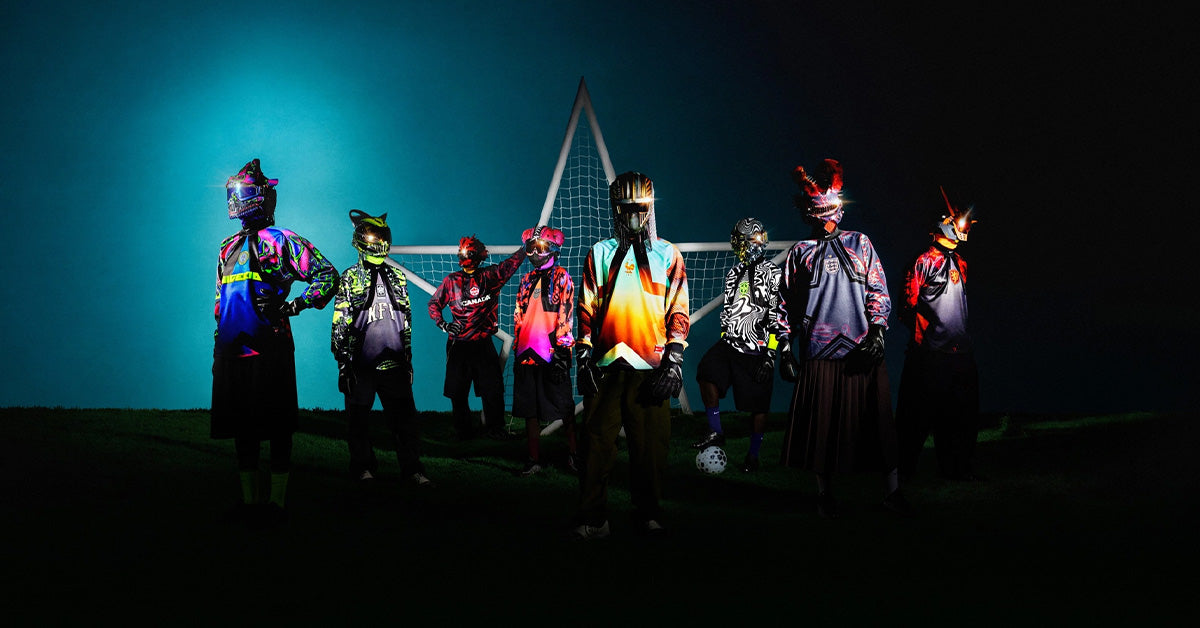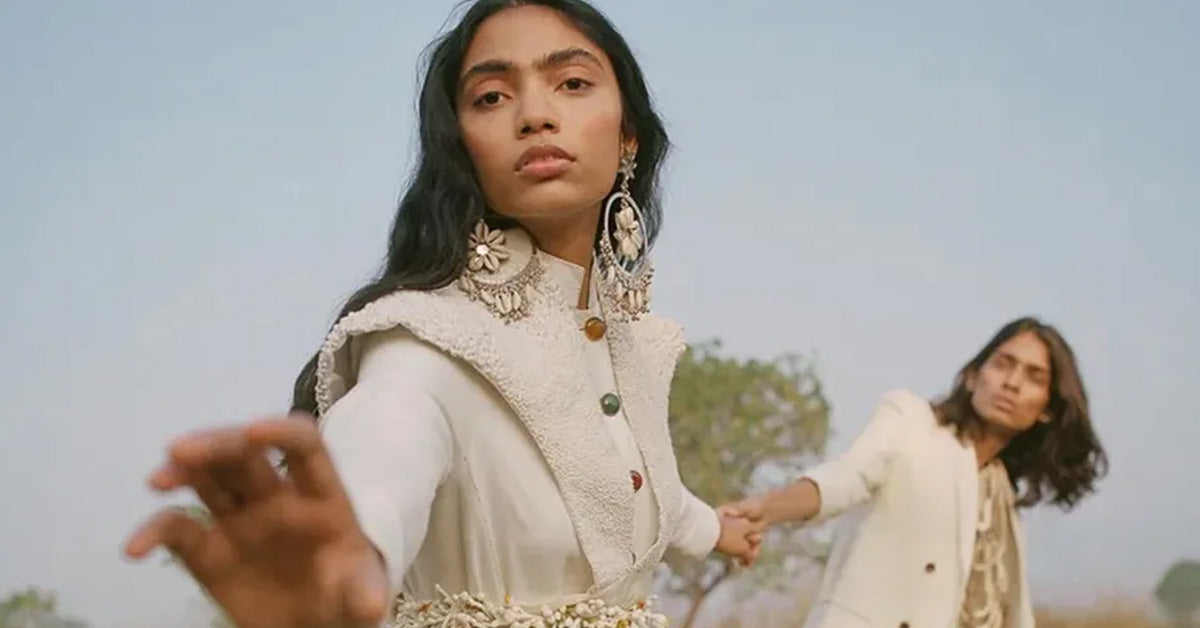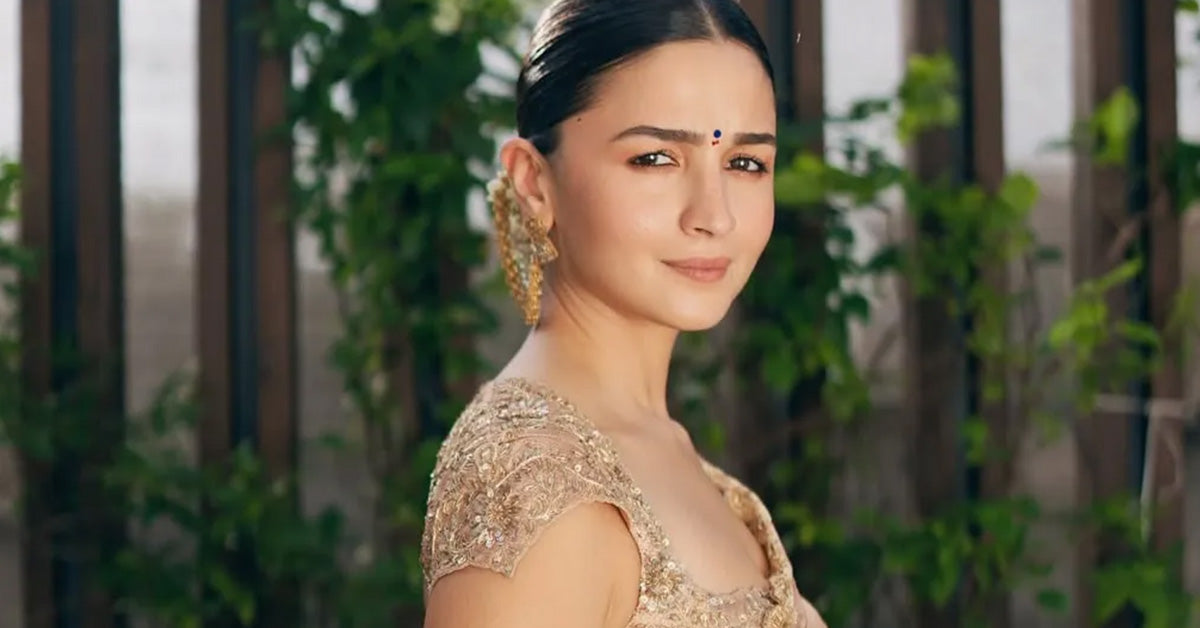Introduction to the Mundu
In the diverse world of fashion, traditional garments often tell stories of culture, heritage, and identity. One such timeless piece is the Mundu, a garment rooted in the vibrant traditions of South India. For those new to the term, the Mundu is not just a piece of fabric—it's a symbol of simplicity, grace, and centuries-old customs. But what exactly is a Mundu, and why does it continue to inspire fashion designers and enthusiasts worldwide? In this comprehensive guide, we unravel the history, significance, variations, and modern interpretations of the Mundu, explaining why it remains an essential entry in the lexicon of global fashion.
What is a Mundu?
The Mundu (pronounced moon-doo) is a traditional garment primarily worn in the Indian state of Kerala and neighboring regions like Tamil Nadu and Karnataka. At its core, the Mundu is a simple, unstitched length of cotton or silk fabric, usually white or off-white, that is wrapped around the waist and draped downward to cover the legs. The garment is similar in concept to the dhoti of North India and the lungi, but it is distinctly identified by its construction, draping style, and cultural significance.
Traditionally, the Mundu is worn by men, but there are variations designed for women, often called Settu Mundu or Kasavu Mundu, which are integral to Kerala's festive and ceremonial attire. The Mundu is celebrated for its comfort, breathability, and the understated elegance it brings to both daily wear and special occasions.
Historical Origins and Cultural Significance
The origins of the Mundu can be traced back to ancient times, with references found in the region's art, literature, and temple sculptures. Its simple design is a reflection of Kerala’s humid, tropical climate, making it an ideal garment for comfort and ventilation.
Cultural significance is deeply embedded in the Mundu. It is worn during religious ceremonies, weddings, festivals, and even in everyday life. The garment is often associated with notions of purity, simplicity, and respect. In Kerala, the Mundu is more than just clothing—it is a mark of tradition and identity.
- Religious Ceremonies: The Mundu is the preferred attire for temple visits and rituals, symbolizing humility and reverence.
- Weddings: Brides and grooms often wear ornate versions of the Mundu, sometimes with golden borders known as Kasavu.
- Festivals: On occasions like Onam and Vishu, the Mundu is worn as an expression of cultural pride.
Key Features and Characteristics of the Mundu
The elegance of the Mundu lies in its simplicity and adaptability. Here are some defining features:
- Fabric: Typically made of fine cotton for everyday wear; silk versions are reserved for special occasions.
- Color: Predominantly white or off-white, symbolizing purity and simplicity. Decorative borders, especially gold or colored stripes (kara), add a touch of distinction.
- Length and Width: A standard Mundu measures about 2 meters in length and 1.2 meters in width, though dimensions can vary.
- Single vs. Double: The single mundu is a single piece of cloth, while the double mundu is folded in half for extra coverage.
- Kasavu Border: The iconic golden or colored border, woven with real gold or silver threads in traditional versions, is called Kasavu. This is particularly prominent in festive and ceremonial mundus.
How is the Mundu Worn?
Wearing a Mundu is an art in itself. The process involves wrapping the cloth around the waist and tucking the loose end firmly. The Mundu typically reaches the ankles, but can be folded up to the knees for greater mobility, especially when working or walking.
- Step 1: Hold the Mundu behind your back, with both ends in each hand.
- Step 2: Wrap the left end over to the right side of your waist, and vice versa.
- Step 3: Tuck the ends securely at the waist. The decorative border (kara) is usually displayed on the right front side.
- Step 4: For formal occasions, the Mundu is left full length. For casual or active moments, it is folded up to the knees.
For women, the Settu Mundu is draped like a two-piece sari, with one piece wrapped around the waist and the other draped over the shoulder.
Mundu in Contemporary Fashion
As fashion evolves, so does the Mundu. Designers and stylists are continually reinterpreting this traditional garment to align with modern sensibilities. Today, the Mundu is seen not only at cultural festivals but also on fashion runways and in global fashion narratives.
- Fusion Fashion: The Mundu is paired with Western shirts, jackets, or even t-shirts to create unique fusion looks.
- Women’s Wear: Contemporary adaptations of the Settu Mundu feature innovative draping styles and vibrant patterns, making them popular choices for weddings and social gatherings.
- Celebrity Endorsements: Prominent personalities, both in India and abroad, have embraced the Mundu, adding to its popularity and global appeal.
- Sustainable Fashion: With the rise of slow and sustainable fashion movements, the Mundu’s handwoven, natural-fiber construction is being celebrated for its eco-friendliness.
Why Does the Mundu Matter in Fashion Today?
The enduring charm of the Mundu lies in its versatility and cultural depth. In a world where fashion is often driven by trends, the Mundu stands as a testament to the beauty of tradition, craftsmanship, and functional design. It serves as an inspiration for designers seeking to blend heritage with innovation and is a reminder that true style is timeless.
FAQs About Mundu
-
1. What is the difference between a Mundu and a Dhoti?
While both are traditional unstitched garments worn around the waist, the Mundu is specific to Kerala and features a distinctive wrapping style and decorative border (kara). The Dhoti is commonly worn in North India and differs in both draping technique and cultural context.
-
2. Can women wear the Mundu?
Yes, women in Kerala traditionally wear a version called the Settu Mundu or Kasavu Mundu, especially during festivals and weddings. The draping style is different from that of men and is similar to a two-piece sari.
-
3. What occasions are appropriate for wearing a Mundu?
Mundus are worn during religious ceremonies, weddings, festivals like Onam and Vishu, and even as daily attire in Kerala. Formal occasions often call for silk versions with ornate borders.
-
4. How do I care for a Mundu?
Mundus made from cotton can be hand-washed with mild detergent and dried in the shade to retain their color and softness. Silk or Kasavu Mundus require gentle handling and are best dry-cleaned to preserve their decorative borders.
-
5. Is the Mundu only worn in Kerala?
While the Mundu is most closely associated with Kerala, similar garments are worn in neighboring South Indian states. However, the style, terminology, and cultural significance are uniquely Keralite.










